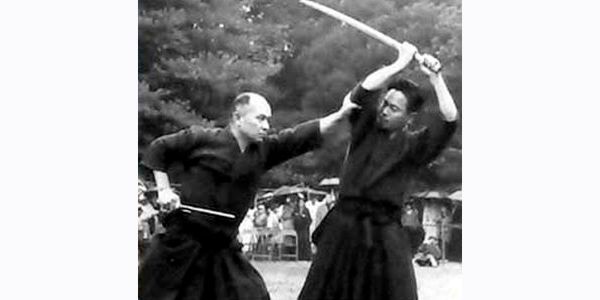Jutte jutsu is the Japanese martial art using the Japanese weapon jutte or jitte. Juttejutsu evolved mainly for use by law enforcement officers of the Edo, or Tokugawa period. The jutte allowed the officer a way to disarm and apprehend subjects armed with swords in a non-lethal manner.
With the Jutte an officer could strike an assailant on the wrists, hands, arms and head, much like an officer today would do with a baton. The short fork near the handle of the jutte could also be used for blocking, deflecting, grappling, or trapping, a sword, and it could actually break the sword when used in the hands of a skilled practitioner.

There are several schools of juttejutsu today and various jutte influences and techniques are featured in several different martial arts.
Historically, Jodo has been taught using kata, and it continues to be taught that way today. The teaching of kata follows a series of sets: omote, chudan, ranai, kage, samidare, gohon no midare, okuden. Each set has its own distinctive pacing or representative movements, and each set has a distinct purpose in the training of a jo player. There are also five gokui, hidden kata taught only to those who are to receive menkyo (to learn all five from your teacher signifies arriving at menkyo kaiden or complete transmission of the art).
Ther are also police kata, shamen and suigetsu are two of those katas.



